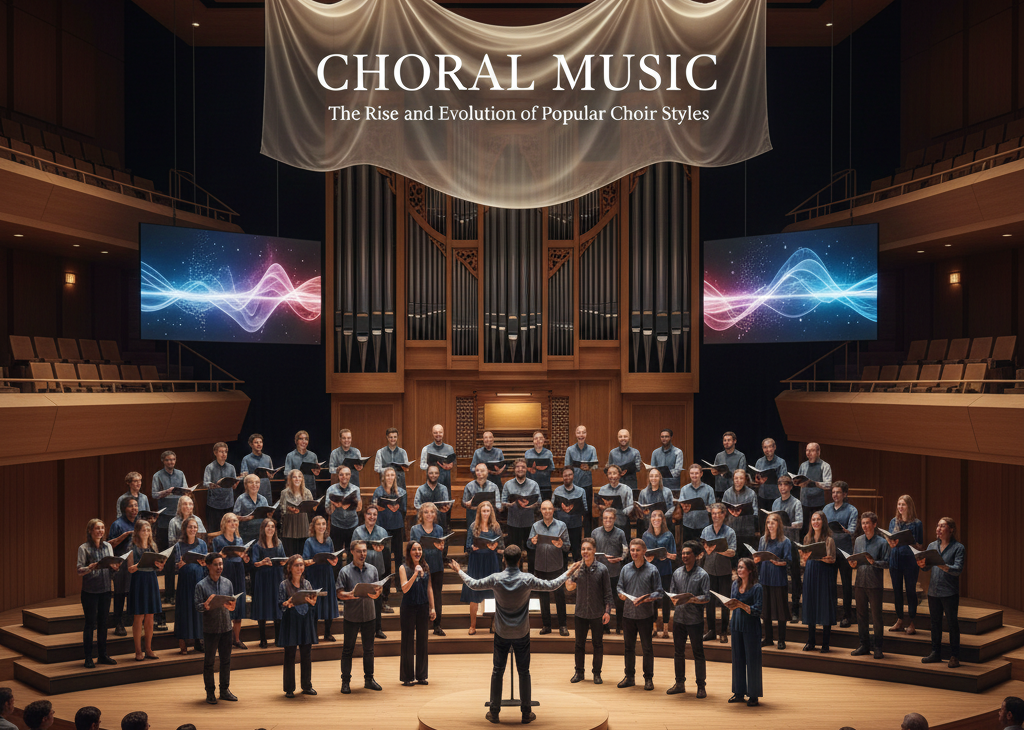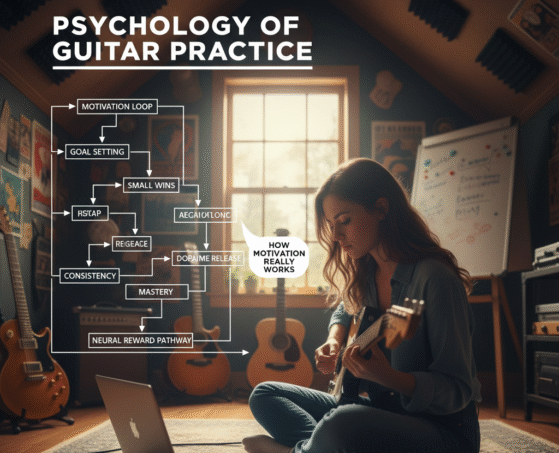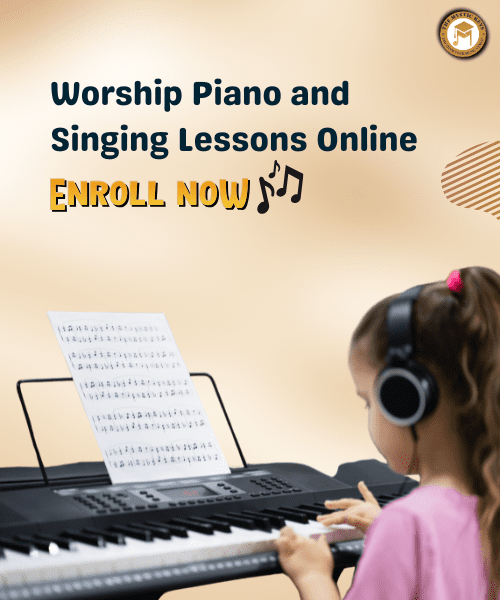Choral Music | The Rise and Evolution of Popular Choir Styles
Choral music has been an integral part of human expression for centuries, shaping religious rituals, social gatherings, and public performances alike. Initially, it appeared in sacred settings, yet over time, it gradually expanded into secular and popular forms. As a result, contemporary pop-infused arrangements now fill concert halls and streaming platforms, reflecting both societal changes and advancements in musical thought. Furthermore, the story of popular choral music is not merely about melodies and harmonies; instead, it serves as a narrative that traces the cultural heartbeat of the communities it touches, bridging past traditions with present innovations.

Ancient and Sacred Choral Music
The earliest forms of choral singing were deeply rooted in spiritual and ritual practices. In ancient civilizations, for example, group singing often accompanied worship, storytelling, or ceremonial rites, helping communities connect through shared sound. Over time, this practice evolved in medieval Europe into Gregorian chants, which were characterized by monophonic melodies sung in unison by male choirs in vast, echoing churches. As music further developed during the Renaissance, choirs began experimenting with harmony, exploring new textures, multiple vocal parts, and increasingly complex compositions. Consequently, sacred music flourished within cathedrals, blending intricate musical structures with a profound sense of devotion. Throughout these centuries, therefore, choral singing remained closely tied to religious reverence while also emerging as a sophisticated and expressive art form.
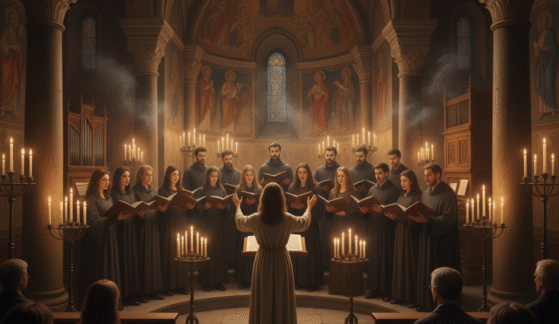
The Rise of Secular and Community Choirs
Gradually, choral music moved beyond churches. During the Renaissance and Baroque periods, composers explored secular themes—love, nature, and human emotion. Choirs gained popularity in communities and civic groups across Europe. Singing societies formed for recreation and cultural pride. Choral performance became a collective art, open to anyone. It no longer belonged only to monks or trained musicians. Instead, it evolved into a shared cultural experience that united people from all walks of life.
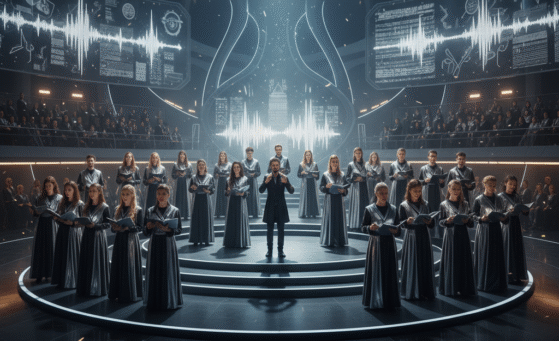
Classical Mastery and Large-Scale Works
By the Classical and Romantic eras, choral music expanded in scale and emotional impact. Composers like Mozart, Beethoven, Brahms, and Verdi crafted masterpieces that merged voices and orchestra in striking ways. Choirs moved from church walls to concert halls, where audiences experienced their full range. Soft whispers could rise to thunderous climaxes, carrying stories through intricate musical arrangements. Music now stirred not just devotion but deep personal emotion. Audiences connected with every note, and performances became shared, almost theatrical experiences. Over time, choirs earned recognition as true artistic ensembles, and the world began to see choral performance as both a cultural treasure and a disciplined art form.
This era also sparked creativity among smaller vocal ensembles. Chamber choirs explored delicate harmonies and expressive phrasing, offering contrast to grand works. Public interest in choral music grew, inspiring festivals and competitions that drew singers from diverse backgrounds. Composers experimented with text, form, and orchestration, challenging both performers and listeners. Choral music became a living dialogue, blending tradition with innovation, and laying the groundwork for the styles that would shape modern popular choirs.
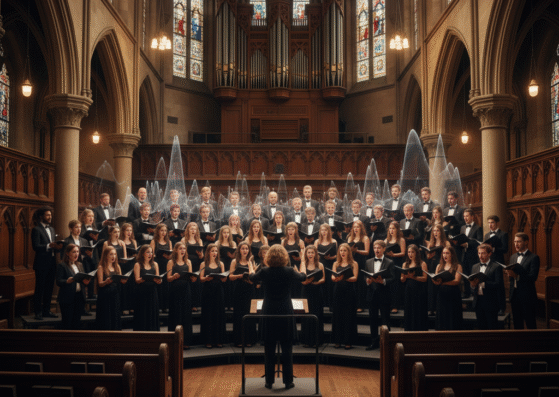
Popular Choral Music in the 20th Century
The 20th century brought dramatic change, reshaping how music reached audiences and how choirs performed. As radio, recordings, and eventually television spread music to millions, choral styles began to diversify and gain widespread attention. Choirs embraced folk songs, Broadway hits, jazz, and even early pop influences, blending tradition with contemporary tastes. Barbershop quartets, gospel choirs, and a cappella ensembles also rose to prominence, each developing a unique voice and identity that reflected the communities they came from. Gospel music, in particular, left a lasting mark, shaping generations with its soulful delivery and expressive power. Over time, choral singing grew into a vibrant, everyday presence, resonating not only in churches and concert halls but also in schools, neighborhoods, and local community centers.

Choral Music in the Era of Mainstream Entertainment
As modern entertainment evolved, choral styles expanded. Movie soundtracks, TV competitions, and stadium shows brought massive arrangements to wider audiences. At the same time, shows like Glee, groups like Pentatonix, and collegiate a cappella made choral singing fresh and appealing to younger listeners. Social media and YouTube then amplified this reach, letting school choirs and vocal ensembles gain global recognition. What once needed a grand stage could now connect millions from a single rehearsal room, changing how choirs perform and how audiences experience their music.

Technology and the Evolution of Choral Music
Digital tools have transformed the choral world, enabling composers to fuse traditional harmonies with electronic soundscapes, live looping, cinematic orchestration, and layered vocal effects. Virtual choirs, where singers record separately and combine digitally, now unite voices across the globe, creating a shared musical experience that defies physical boundaries. Technology enhances the human voice instead of replacing it, revealing new expressive possibilities and sparking collaborations that push choral music into uncharted creative territory.

The Present and the Future of Popular Choral Music
Today’s popular choral music spans many genres. Classical, contemporary, gospel, pop, jazz, indie, cinematic, and experimental styles all thrive. Choirs take many forms—school groups, professional ensembles, online vocal teams, and church choirs. Each adds a unique voice to the ever-changing landscape. What makes choral music timeless is its power to unite people. It moves through storytelling, musical innovation, and the pure joy of singing together.
At The Mystic Keys, aspiring singers and pianists can explore this rich world through Worship Piano & Singing Lessons Online. These lessons help students bring emotion, harmony, and expression into every performance. Audiences respond to the energy and devotion in worship music, and choirs continue to inspire through shared experiences.
The future shines bright. Composers explore fresh styles, new languages, and global influences. Young singers show that choral music is far from old-fashioned. It remains powerful, relevant, and endlessly adaptable—both in concert halls and online lessons with The Mystic Keys.
For more information and exciting resources about learning music, visit our website at The Mystic Keys. For more music content and exciting offers follow us on
Facebook, Instagram, YouTube, LinkedIn, Twitter, Pinterest, and Threads.


